Consumer Behaviour Online – How Buyers Decide Before Clicking Buy

Think about the last time you bought something online. You didn’t just “buy.” You searched, compared, read reviews, checked delivery times, and maybe even asked a friend. That’s exactly what your customers are doing too. Understanding consumer behaviour online means knowing how people research, what trust signals they look for, the “micro-moments” when they decide, and the small triggers that push them to purchase. If you want to win online, you must align your marketing with how buyers actually behave.
The New Online Buyer Journey
Today’s consumer is smarter and faster. They don’t wait for ads to tell them what to buy. They:
- Research independently.
- Read other people’s opinions.
- Look for instant reassurance before clicking “buy.”
If your brand isn’t present in these moments, you lose the customer to someone who is.
Step 1: How Buyers Research Before Buying
Most buyers never purchase impulsively online. They:
- Search on Google/YouTube for comparisons, reviews, and tutorials.
- Check social media to see if people are using or recommending the product.
- Browse competitors for price, features, and delivery options.
Example: Someone buying wireless earbuds might watch 3–5 YouTube reviews, read Amazon ratings, and check Flipkart for discounts before deciding.
Action Tip: Create comparison content, FAQs, and video explainers so buyers find you during their research phase.
Step 2: Trust Signals That Matter
People don’t trust easily online. A single red flag (missing return policy, no reviews, outdated website) and the sale is gone.
Top trust signals include:
- Customer reviews & testimonials (social proof).
- Clear return/refund policies.
- Secure payment badges.
- Strong brand presence on social media.
- Professional website design (not messy or broken).
Example: Shopify stores with high-quality product images, reviews, and a “100% money-back guarantee” often convert better than those without.
Action Tip: Audit your site — if you were a new customer, would you trust yourself enough to buy?
Step 3: The Power of Micro-Moments
Google calls them “micro-moments” — those quick, intent-driven actions where people reach for their phone to know, go, do, or buy.
Types of micro-moments:
- I-want-to-know: Searching for information.
- I-want-to-go: Looking for local services.
- I-want-to-do: Searching tutorials or how-tos.
- I-want-to-buy: Ready to purchase, but comparing options.
Example: Someone craving pizza might search “best pizza near me” — if your restaurant doesn’t show up on Google Maps, you lose that sale instantly.
Action Tip: Optimise your content, SEO, and ads to appear in these micro-moments.
Step 4: Decision Triggers – What Makes People Click Buy?
Even after research, trust signals, and micro-moments — something has to trigger the final decision.
Common triggers:
- Urgency & scarcity: “Only 2 left,” “Offer ends in 2 hours.” Social proof: “1,200 pe
- ople bought this today.”
- Personalisation: “Recommended for you.”
- Convenience: “Free next-day delivery.”
- Emotional appeal: “Feel confident in your own skin.”Example: Amazon uses urgency (“Deal of the Day”), social proof (bestsellers), and convenience (Prime delivery) all together — that’s why they convert so well.
Example: Amazon uses urgency (“Deal of the Day”), social proof (bestsellers), and convenience (Prime delivery) all together — that’s why they convert so well.
Action Tip: Add at least one decision trigger J to every landing page or product page.
Step 5: Keep Testing and Learning
Consumer behaviour isn’t static. People change, trends shift, and platforms evolve. What worked last year may not work today.
Example: Five years ago, most buyers trusted written reviews. Now, many want video reviews or influencer testimonials on Instagram/TikTok before buying.
Action Tip: Track analytics, run A/B
Conclusion
Online buyers don’t just wake up and buy — they research, look for trust, act in micro-moments, and respond to decision triggers. If you want consistent sales, you must align your marketing with how consumers actually behave. Stop guessing. Instead, be visible during research, build trust with signals, show up in micro-moments, and use the right triggers. When you do, you’re no longer chasing customers — you’re right there when they’re ready to buy. Test and survey customers regularly to keep up with changing behaviours.
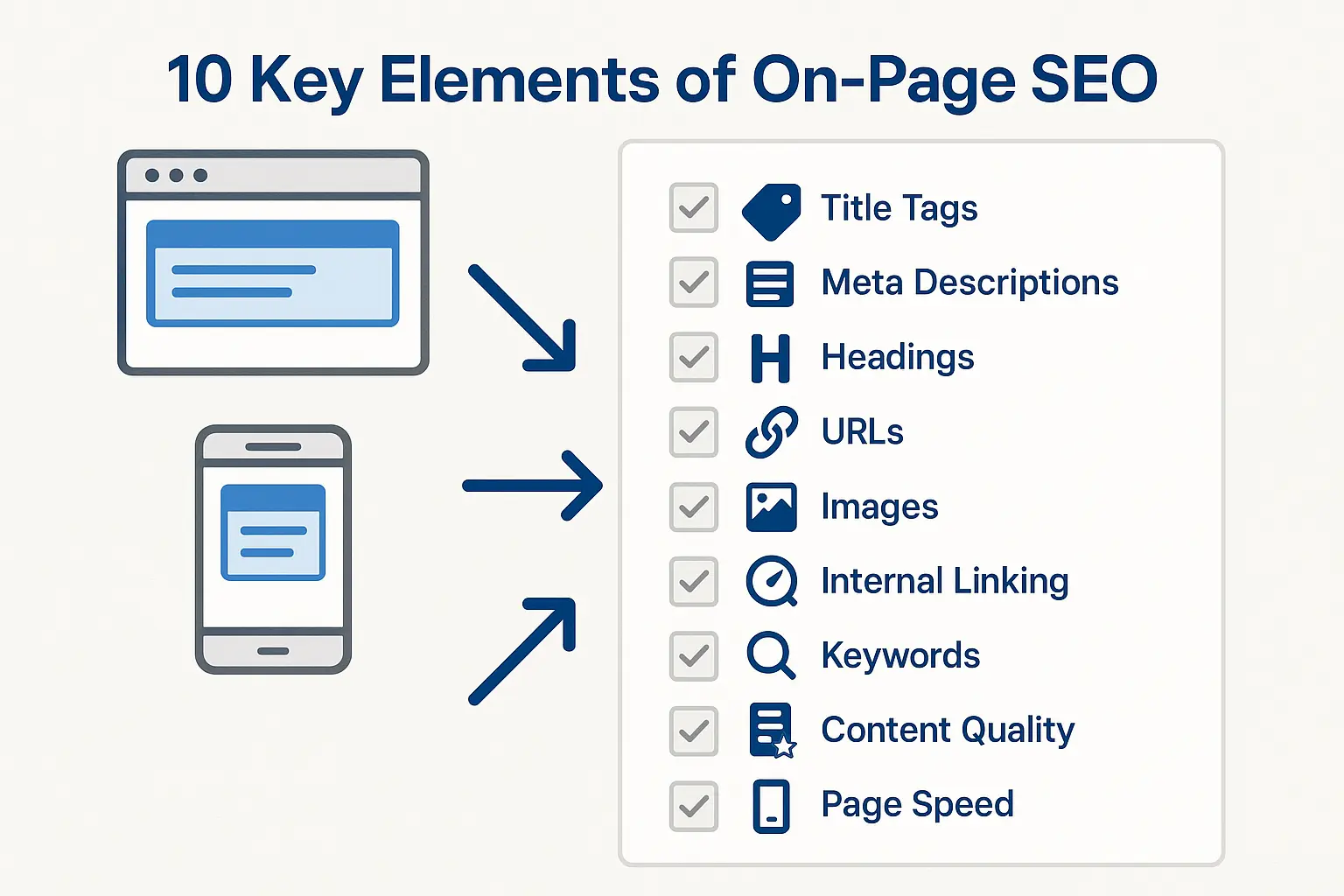
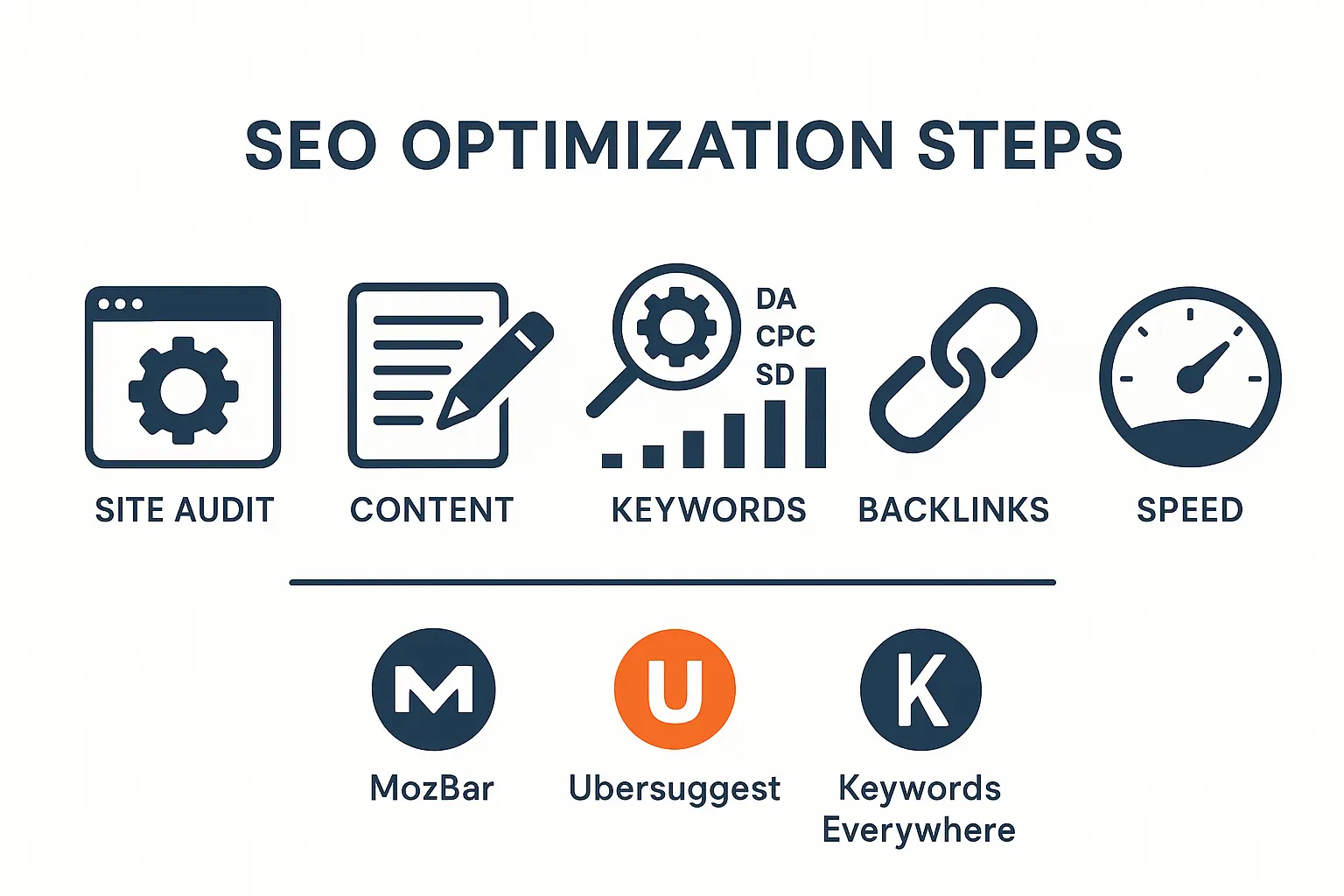
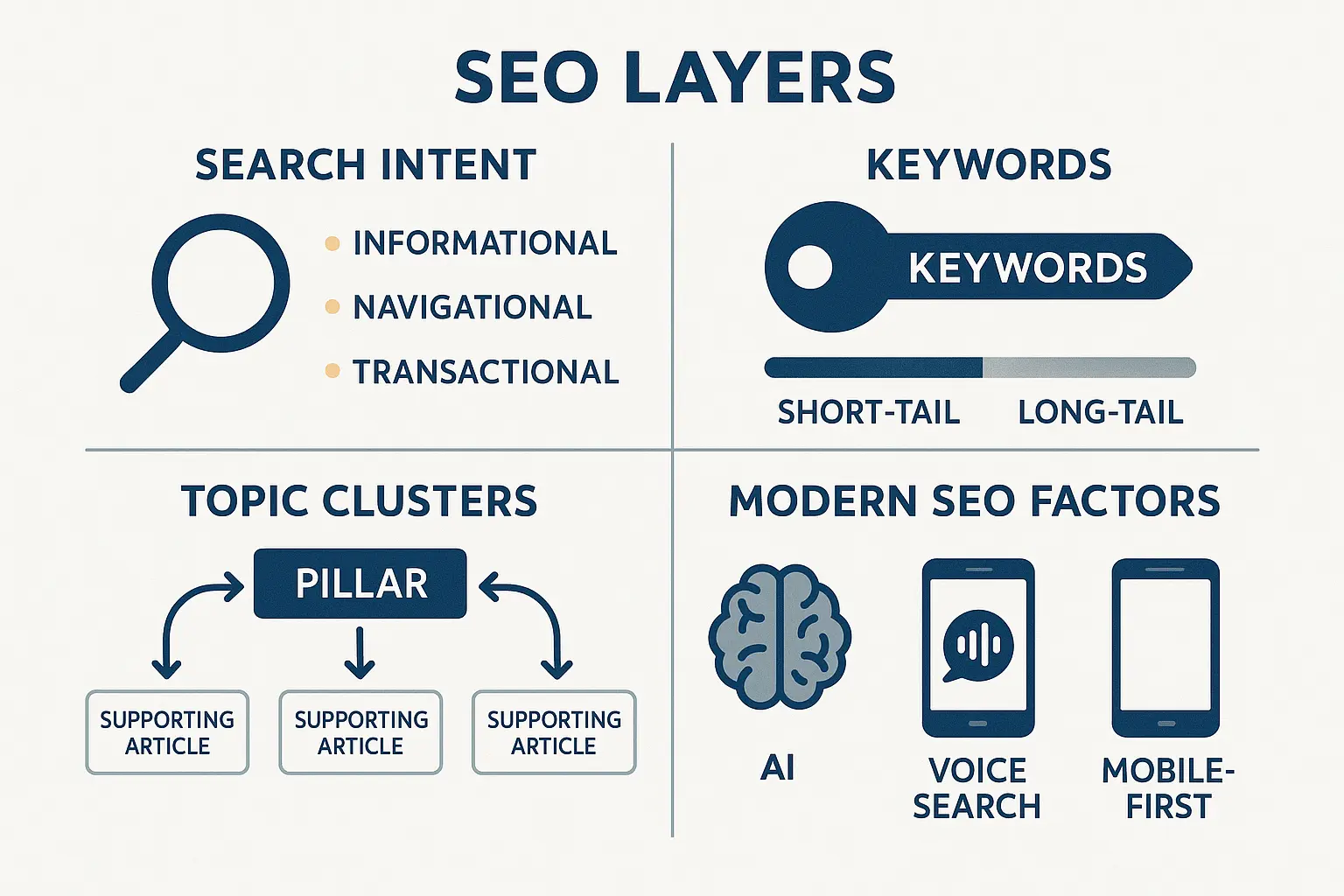
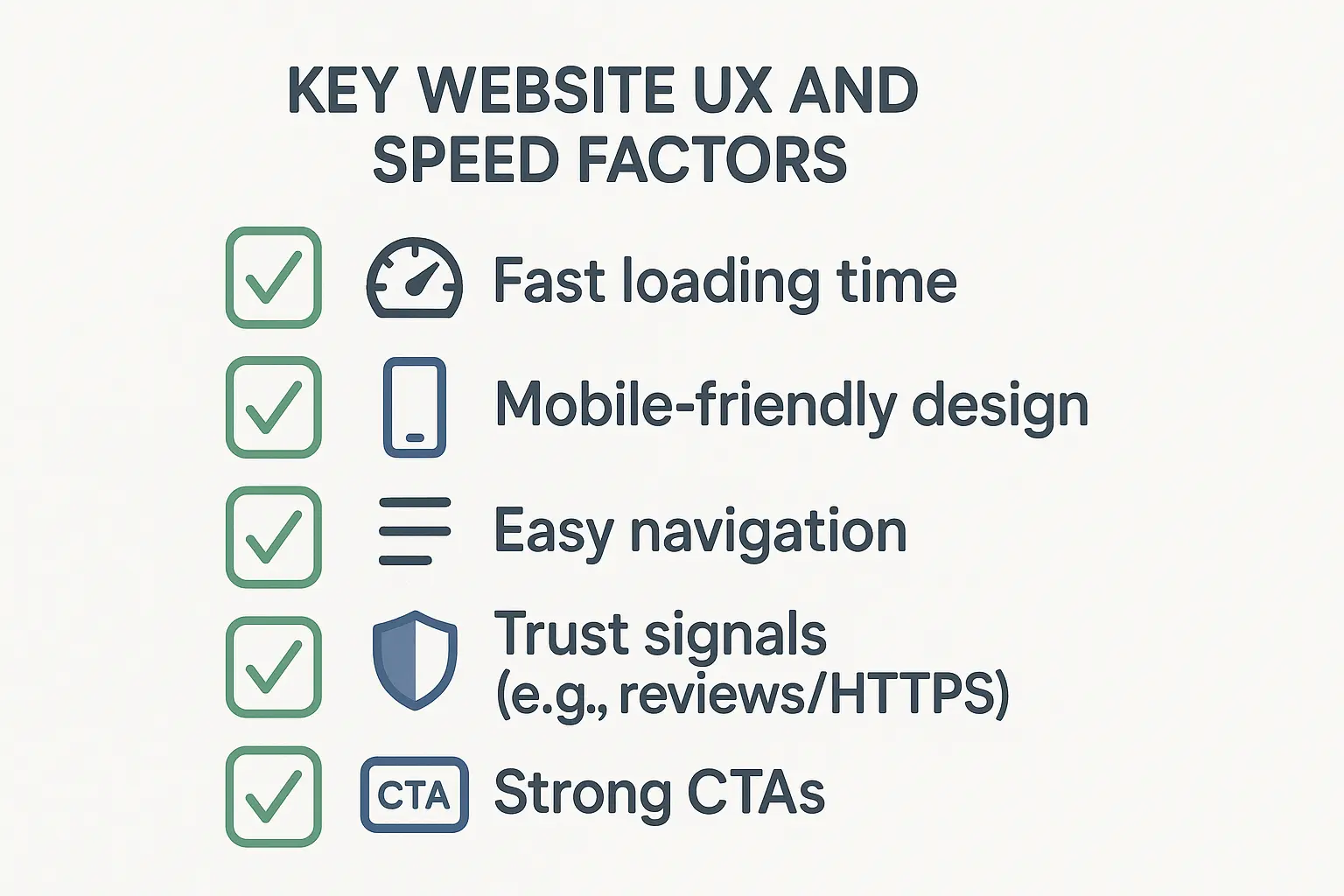
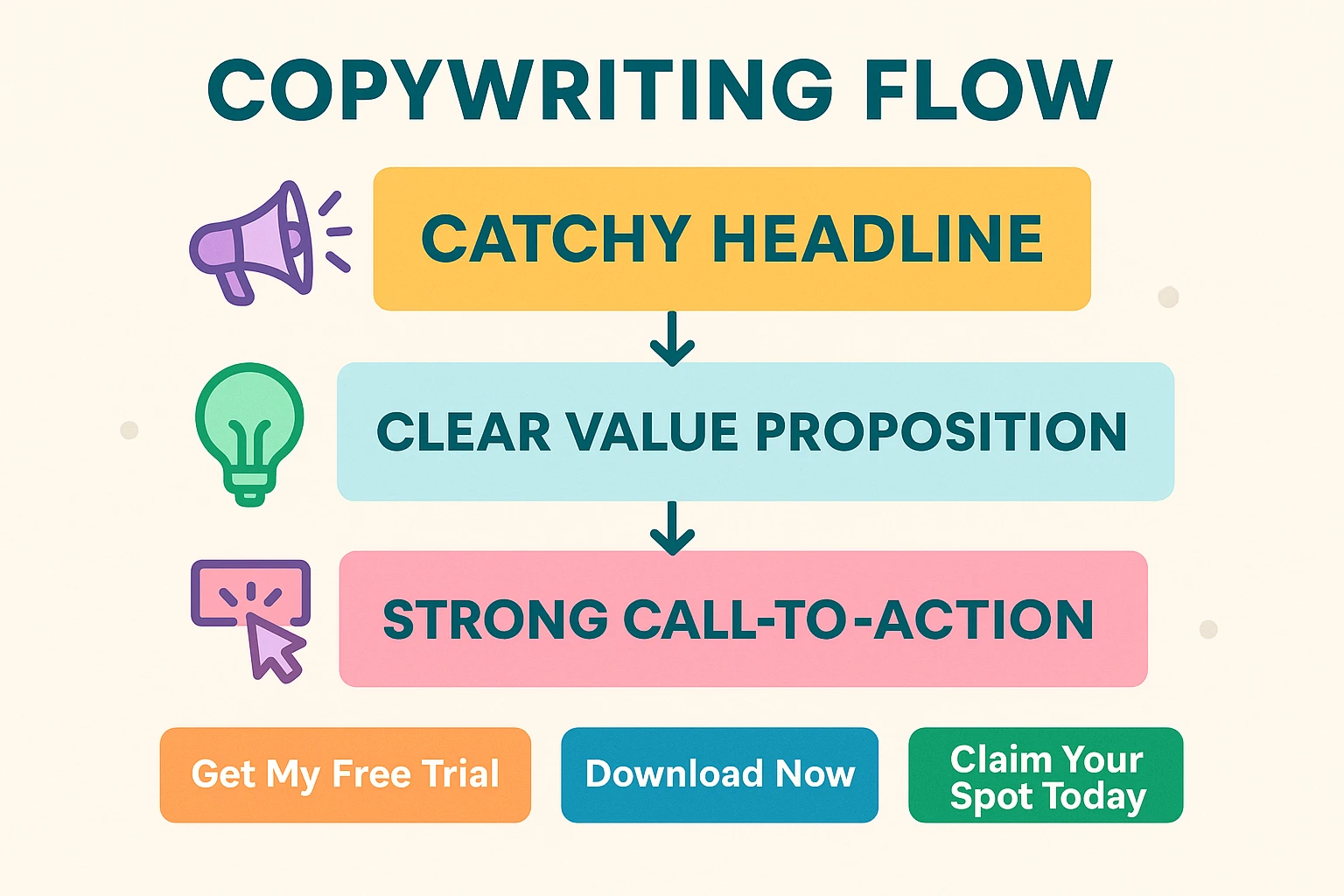
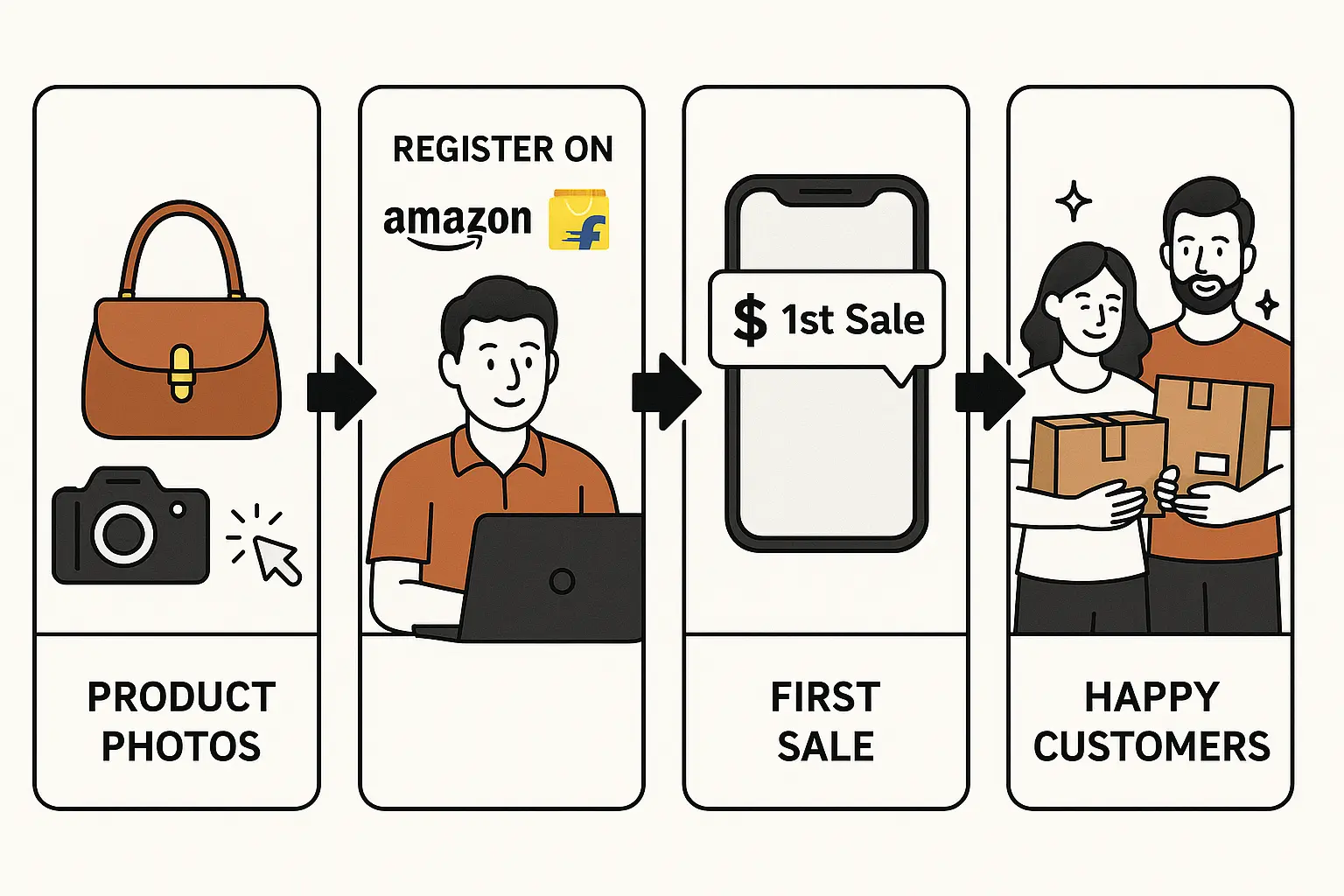


No comments yet. Be the first to comment!